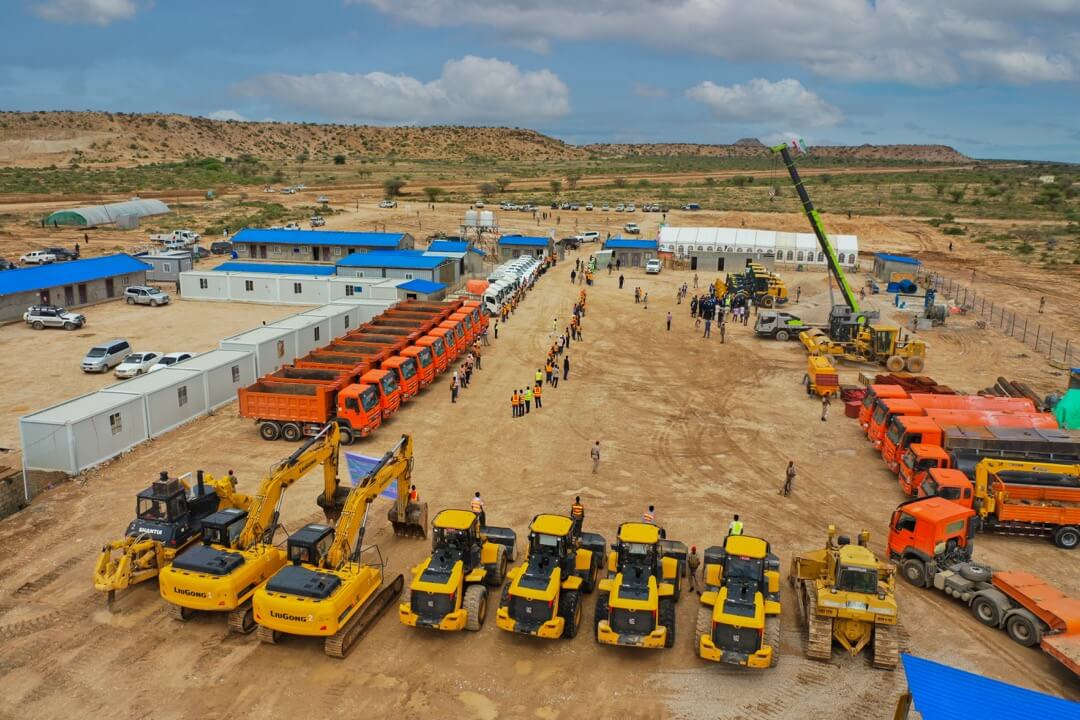
Our Projects are
Transforming African Trade
Quick Contacts
2nd Floor, Fidelity Insurance Centre Waiyaki Way, Westlands

THE implementation of the Hargeisa Bypass project, which was officially launched recently by President Muse Bihi in the presence of Kate Foster, the British Ambassador to the Federal Republic of Somalia is more than 25 percent complete.
The project, funded by the UK’s Foreign Commonwealth Development Office (FCDO), and implemented by the government of Somaliland through the Ministry of Transport and Roads Development with the support of Trademark East Africa (TMA), involves the upgrade of the 22.5 kilometres Hargeisa By-pass into a 2-lane single carriageway.
The project team includes COCC-GCI JV, Kagga & Partners, and ITEC Engineering Ltd who are undertaking the project’s civil works, overseeing the project’s design & supervision, and carrying out the project’s technical audit respectively.
TMA infrastructure technical team in partnership with the GoSL also appointed a Project Implementation Unit (PIU) to provide oversight on the project.
Upon completion, the project is mainly expected to decongest Hargeisa city, the Somaliland capital, and partly reduce the time and cost of transporting goods between Berbera Port and the landlocked Republic of Ethiopia via the new road from the port city to Tog Wajaale border.
The latter is in support of the Berbera Corridor project which stands to enhance the trade and transit capacity and provide Ethiopia’s expanding trade volumes with an alternative sea route, reducing over-reliance on the Djibouti route which is currently used for 95 percent of the East African country’s exports.
During the construction phase of the Hargeisa By-pass, particular attention is being paid to climate-proofing so as to ensure that the road is built to last. Protection of local heritage is also a key consideration, bearing in mind that the project is in close proximity to the iconic Nasa Hablood hills – the symbol of Hargeisa city.
Read original article
Disclaimer: The views and opinions expressed in this article are those of the authors and do not necessarily reflect the official policy or position of TradeMark Africa.